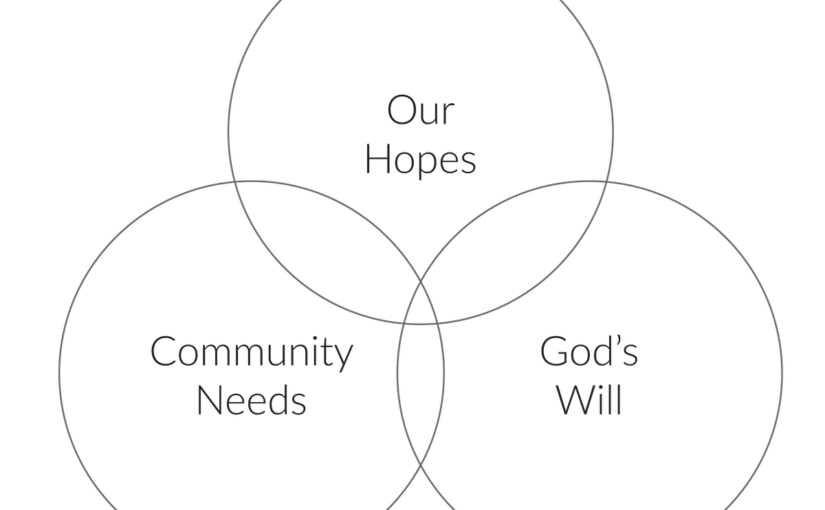I had short conversations yesterday regarding homebound or shut-in members of congregations. An issue that has not been in the forefront of my work since I participated in writing “Heimsóknarþjónusta kirkjunnar – Fræðsluefni” with Ragnheidur Sverrisdottir and Gudrun Eggertsdottir, either 2002 or 2003.
During the conversations yesterday, I felt I was kind of defensive and I didn’t claim fully my experience and understanding. As I started to think more about the issue of homebound or shut-in members of congregations this morning, I got stuck thinking about how congregations can extend and celebrate the experience and knowledge that our shut-ins have and create a meaningful participation for the homebound and the gathered congregation. How can we look at our shut-ins as an asset to our current congregational life instead of a task that needs to be taken care of. I am throwing out some initial unorganised thoughts that could serve as a starting point.
- The classical way is to ask homebound members to help us pray, and surely many do.
- The monthly visit from the pastor is often an important church ministry.
- In larger congregation it might be a visit from a Stephen Ministry Team.
- Some churches ask homebound members to write cards.
- It is important to bring communion to those that are unable to attend.
- Other churches have Sunday school kids create cards for the homebound as part of Sunday School Curriculum.
- If there is a decent Children’s choir, they might go for a visit to the homebound and sing a song. Adult choirs could do that as well.
- I wonder if, in a time of digitalised worship experiences, there are new opportunities.
- What if our homebound would read one or more texts in the Sunday Worship?
- What if we would create a regular place for a testimony in our worship from our wise elders.
- We could also offer up a glimpse of the church’s history, thrown up on a screen for all to see.
- The operating question in my mind is: How can we help our homebound to participate in a meaningful way, not only for them but the whole congregation, without regard to their ability to be there in person?


